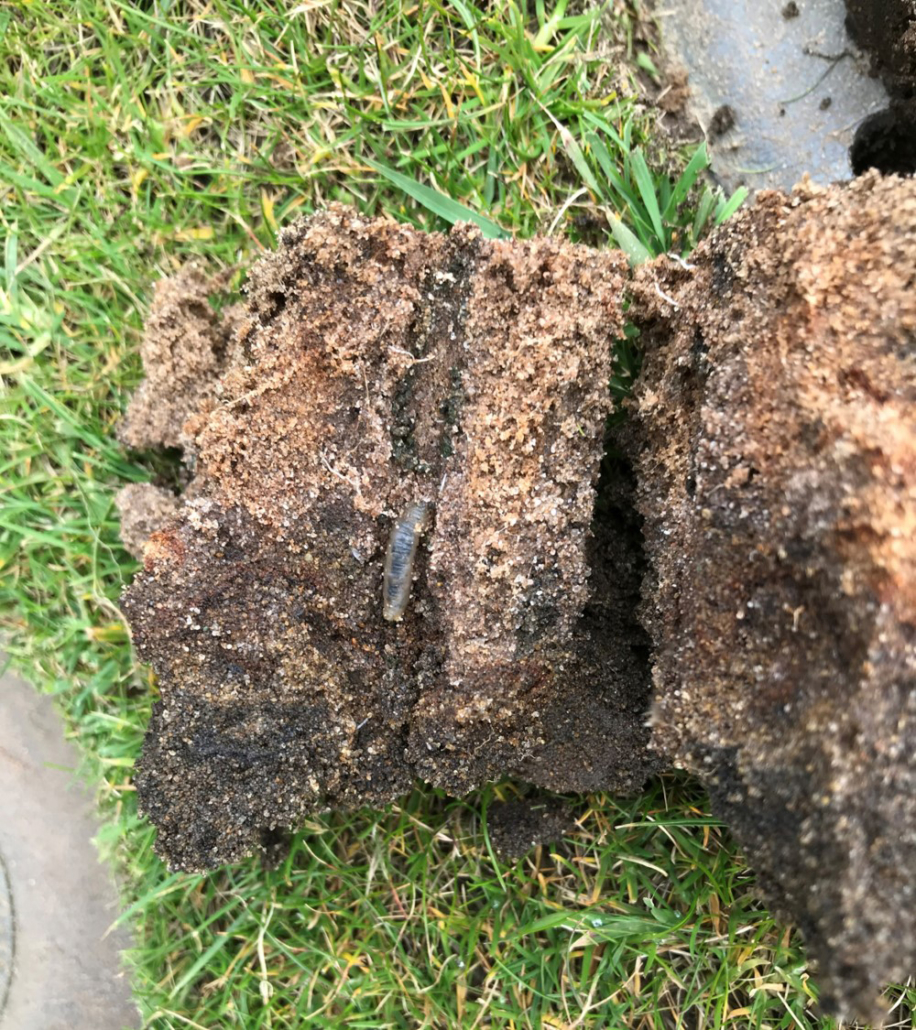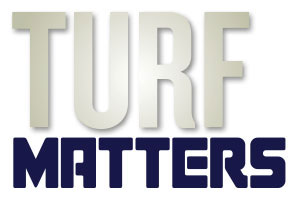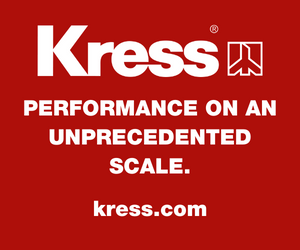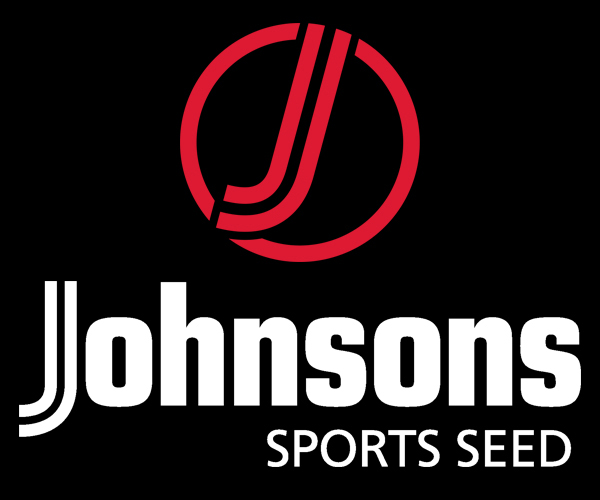Acelepryn authoristation granted
Acelepryn authoristation granted: An Emergency Authorisation (EA) for the use of the Syngenta insecticide Acelepryn to target leatherjackets has been granted for the 2022 season.
This season, the leatherjacket authorisation permits use of Acelepryn up to 18 November 2022 – with an extended opportunity to cover the key periods of adult crane fly egg laying and target early stages of larval activity in the soil.

Acelepryn authoristation granted
Subject to specific conditions, areas permitted for Acelepryn use now cover affected areas of golf course greens, tees and fairways, horse racecourses and gallops, airfields and first-class cricket outfields under exceptional circumstances.
For the first time, golf and cricket venues hosting internationally important or first class competitions can apply for specific permission to treat extended areas of fairways and outfields, where there is a danger of cancellation or relocation of events as a result of pest damage. Special dispensation may be granted to the sports’ governing bodies, in consultation with ICL.
Leatherjackets cause extensive damage to turf through feeding on roots, which can be severe in areas, along with affecting playing surface smoothness on golf greens. Surface stability where larvae have chewed through turf roots is of grave concern for racecourses.
Furthermore, extreme damage can occur in all turf surfaces when badgers, birds and other foragers root through turf in search of the larvae. The EA permits application in situations where there is an acknowledged instance of economic damage, or risk of bird strike on airfields, and where the product has been recommended by a BASIS qualified agronomist.
The Acelepryn EA was applied for and held by ICL. Users will be required to submit online stewardship records of areas treated, linked from the ICL website.
“Over recent seasons the damage by soil pests has been of increasing concern and over an extended period,” reported Syngenta Technical Manager, Sean Loakes. “Obtaining this EA enables turf managers to develop a more effective integrated turf management programme to tackle the severe effects of these pests.”
Further trials are underway on golf courses and fine turf surfaces to refine the application timing, along with aeration practices and the potential to use Acelepryn in conjunction with effectively targeted nematode treatments.
Sean advocates the best results have been achieved with applications one month after the peak flight of adult crane fly and egg laying, for the product to be in the soil zone to target early feeding larvae. “The on-line Pest Tracker reporting system provides a picture of pest activity across the UK and Ireland, to better aid application timing,” he reported.
“Keep surfaces irrigated where possible prior to application, to attract pest larvae to towards the surface,” advised Sean. “It’s important to ensure the soil profile is not hydrophobic at the time of application. Apply at higher water volumes, above 600 l/ha, using the white O8 XC Nozzle to help the spray reach the soil surface.”
New research has also shown adapting aeration timing and intensity could also influence leatherjacket larvae movement and the efficacy of controls.
ICL Technical Manager, Henry Bechelet, and Syngenta specialist, Glenn Kirby, have provided a full insight into new developments and practical implications of leatherjacket ITM control programmes in their latest September episode of the On the Horizon podcast.
An on-line turf pest ID guide, to aid the identification of adult stages of key soil pests and target application timing, is now available on the Syngenta Turf website.
For further information on best use guidelines where chafer grubs and leatherjackets have caused economically damaging effects contact an ICL Area Manager or BASIS agronomist:
| ICL Area Managers for Acelepryn enquiries: | |
| Scotland
Jamie Lees 07500 992464 |
North/East
Craig Lalley 07824 528252 |
| Midlands/West
Emma Kilby 07748 111965 |
South East/East London
Andrew Pledger 07387 056659 |
| South Central
Martyn Parrish 07900 666691 |
South England / Wales
Nick Martin 07900 666691 |
| South
Matt Nutter 07810 656240 |
North West
Phil Collinson 07824 473699 |
| North West
Rob Ainscough 07823 894581 |
South West
Liam Rowlands 07824 473699 |
| Northern Ireland
Colman Warde +353-87-7799527 |
Northern Ireland
Fergal Greenan +353-86-054 2566 |
| Alternatively contact Syngenta UK Technical Manager: |
| Sean Loakes
07831 161912 |
For the latest industry news visit turfmatters.co.uk/news
Get all of the big headlines, pictures, opinions and videos on stories that matter to you.
Follow us on Twitter and Instagram for fun, fresh and engaging content.
You can also find us on Facebook for more of your must-see news, features, videos and pictures from Turf Matters.


















